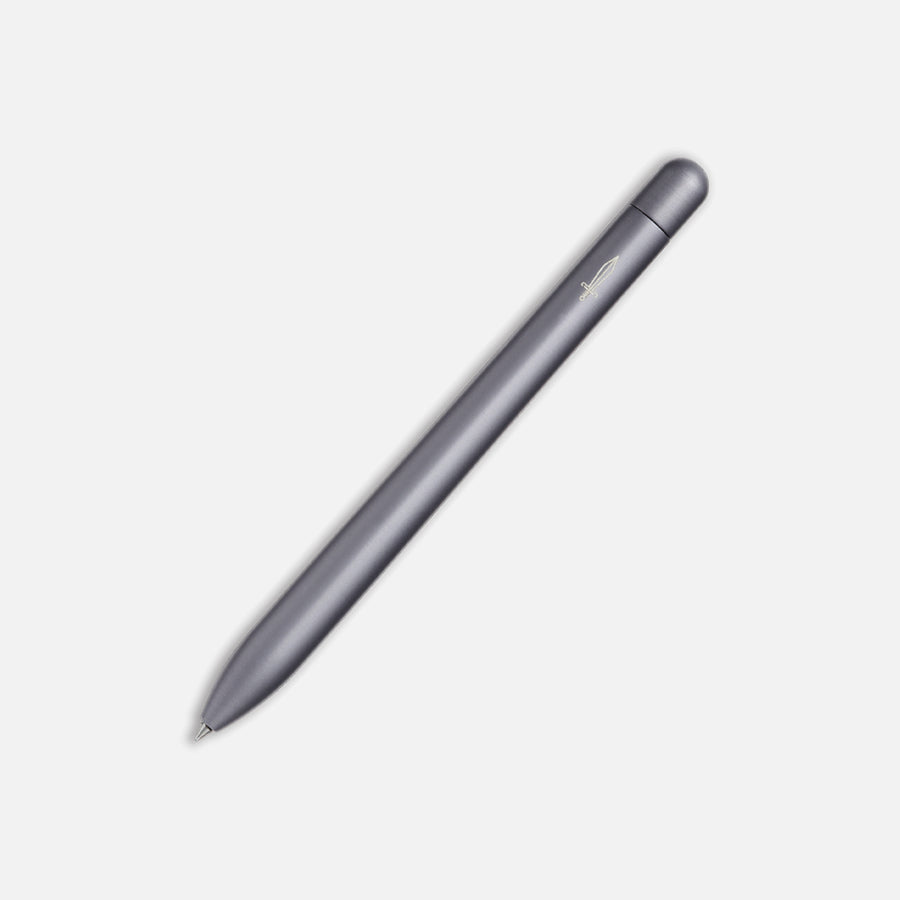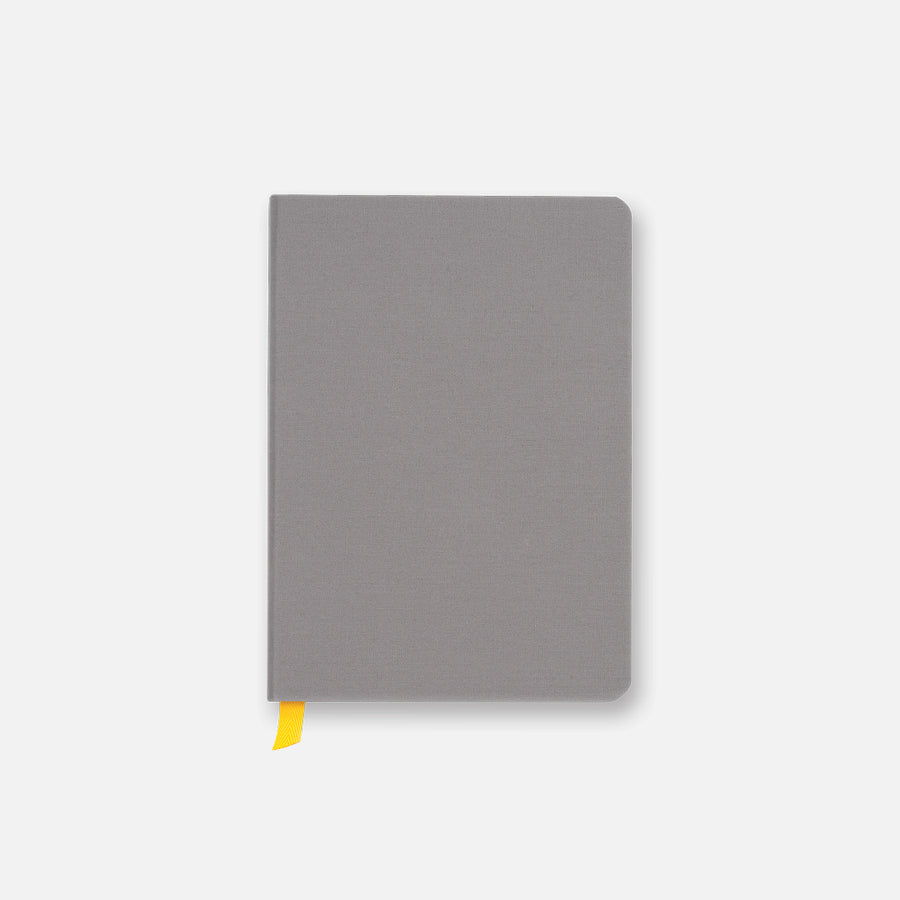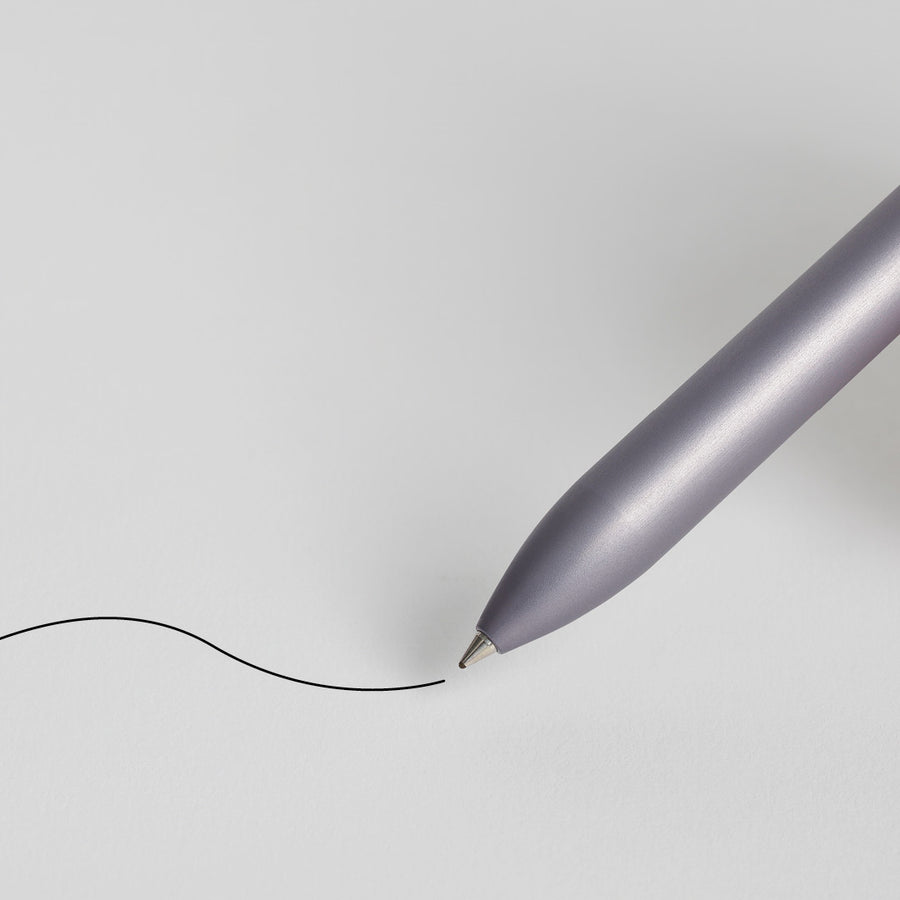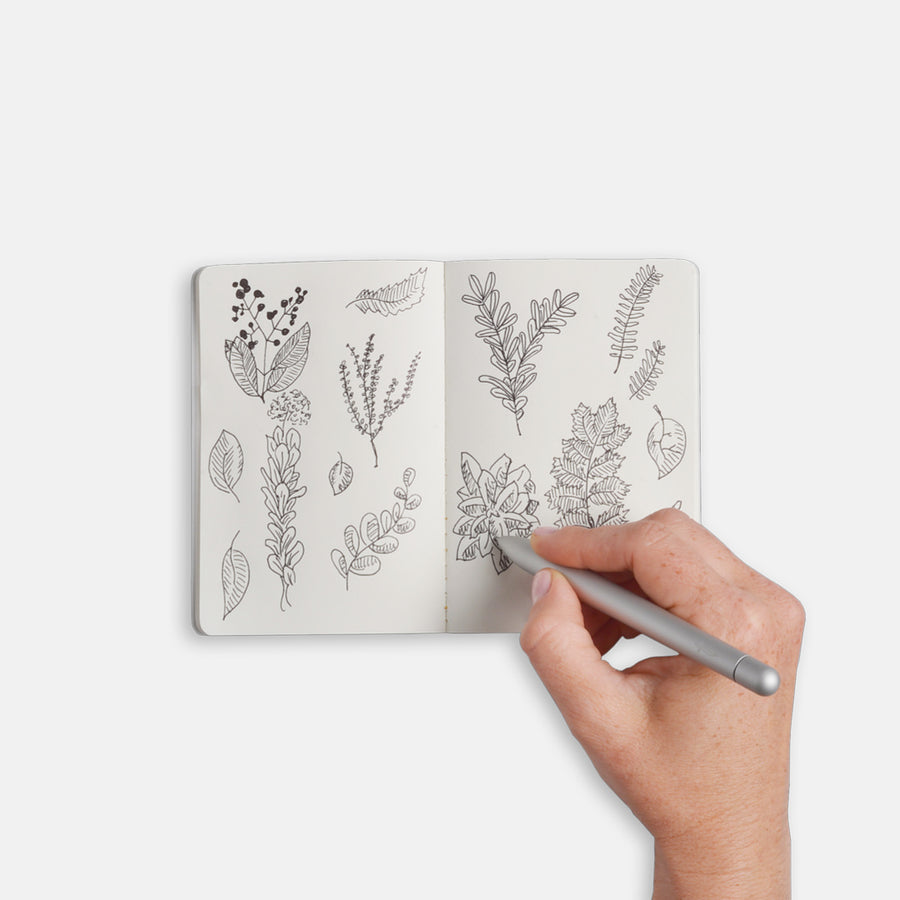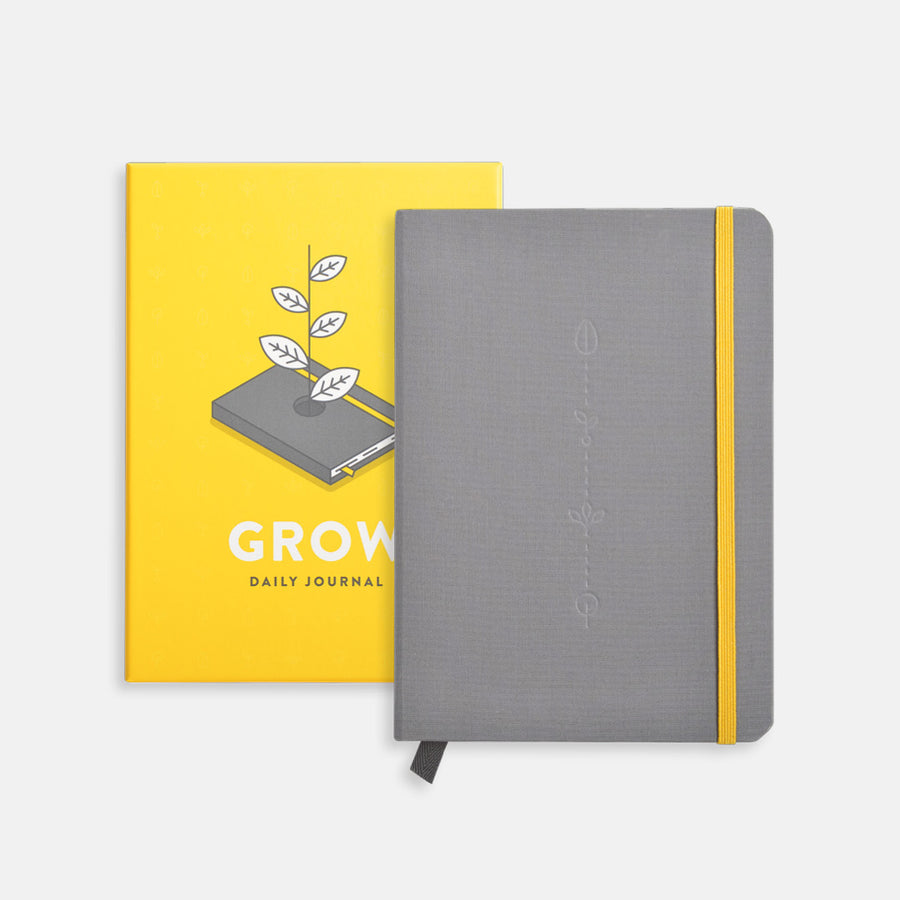In the vast tapestry of human innovation, few inventions have woven such a profound and enduring legacy as paper.
This humble material, often taken for granted, is the bedrock upon which civilizations have inscribed their histories, artists have painted their dreams, and scientists have sketched the invisible laws of nature.
The story of paper is not just a chronicle of a material object but a fascinating journey through time, culture, and technology.

Ancient Beginnings (Papyrus and Parchment)
The history of paper starts with papyrus, crafted by ancient Egyptians from the papyrus plant around 3000 BCE, primarily a mat-like writing surface. Papyrus, created by laying and pressing pith strips in a cross pattern, was essential for recording texts and spreading literacy across the Mediterranean.
Meanwhile, parchment, developed in Europe and the Middle East, was made from animal skins. This demanding production process resulted in a durable material used for important documents. Parchment's resilience made it favored for preserving significant texts, contrasting with the more fragile papyrus.
These developments in writing materials marked a crucial evolution in human communication, laying the foundations for modern paper and its transformative impact on knowledge sharing.
Invention of Paper (China)
The first true paper was invented by Cai Lun in China around 105 CE, made from a blend of mulberry bark, hemp, old rags, and fishing nets. This mix was turned into pulp, spread on a frame, and dried to form thin, flexible sheets—a stark improvement over the stiff papyrus and parchment used before.
As paper transformed Chinese society, it significantly simplified the processes of education, record-keeping, and information dissemination. At first, China kept papermaking a secret. However, the technique eventually spread along the Silk Road to other parts of the world, revolutionizing communication.
Paper was easier to produce and more adaptable than previous writing surfaces. This marked a major global pivot in art, culture, and knowledge exchange. Cai Lun's contribution laid the groundwork for modern communication and remains a symbol of innovation.
Expansion Throughout Asia and the Middle East
By the 6th century, paper reached Korea, and in the 7th century, Japan. This led to innovations like strong and beautiful washi paper. However, the real game-changer came in the 8th century, as paper traveled along the Silk Road to the Middle East. Here, it revolutionized learning and documentation, boosting the creation of extensive libraries during the Islamic Golden Age.
This spread of paper led to a surge in literacy and culture, eventually making its way to Europe and sparking the Renaissance. The expansion of paper from China through Asia and the Middle East highlights its impact on global development and idea exchange.
Introduction to Europe
Papermaking arrived in Europe via Spain in the 12th century, following the Moorish invasion. This transition was crucial for Europe, fostering a knowledge and ideas revolution. Originating from Spain around the 11th to 12th centuries, paper's arrival coincided with a surge in European learning, driven by new universities and the Christian Church's influence. Xàtiva, Spain, is noted for hosting one of Europe's earliest paper mills around 1150 CE, signaling a departure from older materials like parchment.
Spain's first paper mill led to the spread of this technology across Italy, France, and Europe. The 13th-century introduction of water-powered mills made paper more affordable and production soared. As papermaking evolved, it became central to Europe's scholarly and bureaucratic activities.
This era saw an explosion in literature, documentation, and scientific discovery. The later advent of Gutenberg's movable type printing press, along with paper availability, sparked the Printing Revolution, transforming literacy, education, and information sharing. Paper's introduction was pivotal in European history, democratizing knowledge and reshaping society.
Renaissance and Beyond
During the Renaissance, paper's demand soared as knowledge and literature spread, especially after Johannes Gutenberg invented the printing press in the 15th century, revolutionizing book production.
This period, known for its cultural and intellectual bloom from the 14th to the 17th century, greatly benefited from paper. It made books and educational materials cheaper and more accessible, democratizing knowledge and fueling an explosion in art, literature, and science. Ideas and works could now reach wider audiences, enhancing intellectual exchange and collaboration.
Post-Renaissance, the Industrial Revolution further advanced paper production, leading to an increase in availability and variety.
Industrial Revolution
The 19th century saw major advancements in paper production, with steam-powered mills and wood pulp replacing rag-based pulp. This led to mass production and a surge in literacy and print.
The Industrial Revolution drastically changed paper production. It went from a handcrafted item to a mass-produced one, especially with the invention of the Fourdrinier machine. This machine automated paper making, increasing efficiency and reducing costs, making paper more available to everyone. This change helped spread newspapers, books, and educational materials widely.
Additionally, the switch from linen and cotton rags to wood pulp, was initiated by Friedrich Gottlob Keller in the 1840s. It resolved material shortages and lowered costs further. These innovations during the Industrial Revolution boosted literacy, idea exchange, and knowledge documentation, significantly impacting society and shaping modern communication.
20th Century to Present
Technological advances in paper production have continued, including the Kraft process for improved strength and better bleaching practices. Since the late 20th century, there's been a shift towards sustainability, with more recycling and eco-friendly practices.
From the 20th century onwards, demand for paper surged due to industrialization and the growth of education and corporate sectors. Innovations like chemical pulping and color printing enhanced paper's strength and appeal. However, environmental concerns over deforestation and pollution prompted a push for greener methods.
Despite the digital age's rise, paper hasn't disappeared. Instead, it is evolving with society's changing needs while adapting to eco-friendly standards. Today, it is still essential in many areas of life. It balances tradition with innovation and maintains its place in a digital world.

In conclusion, the story of paper is a testament to human ingenuity and adaptability; tracing a path from the marshes of ancient Egypt to the modern digital age. This journey reflects advancements in technology and industry, as well as shifts in cultural practices and priorities.
Paper has remained a constant as humanity has navigated through centuries, evolving to meet the changing needs of society while shaping the very fabric of human history. Its development mirrors our own, highlighting our quest for communication, knowledge, and sustainable living.
As we continue to write our stories, innovate, and look toward the future... paper stands as a symbol of the enduring human spirit. Considering the history of paper, how do you think our relationship with this fundamental material will change moving forward? Will digital mediums replace paper entirely, or will there be new roles and innovations for it to embrace?
Form positive habits, log recipes, increase productivity, and more with Baronfig's Guided Journal Bundle.
Looking to make a positive environmental impact? Learn how each Baronfig journal purchase results in a new tree planted!




